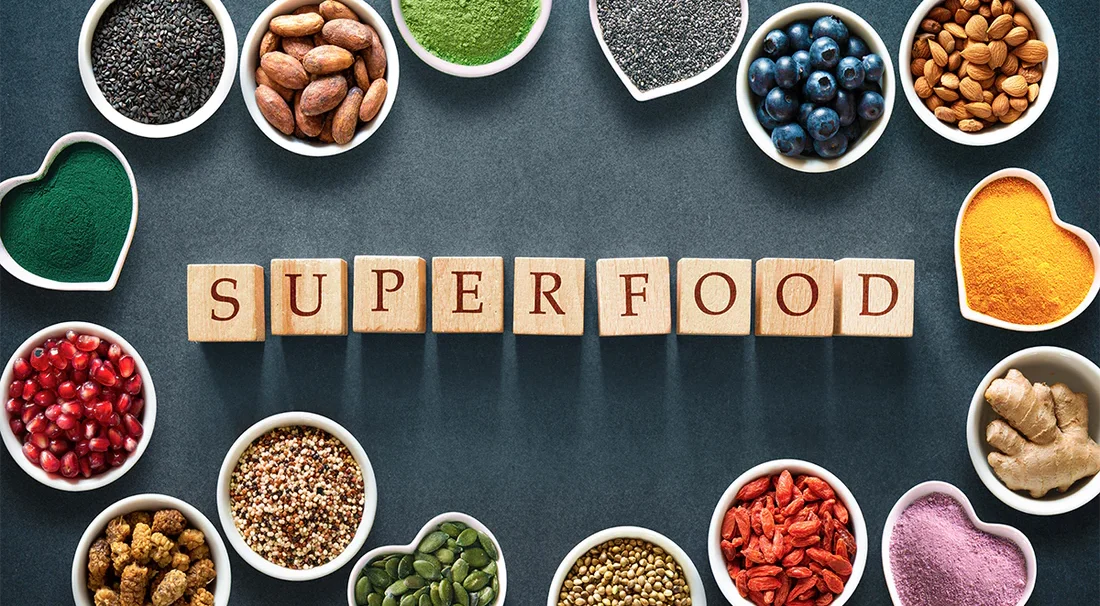-
Department of Applied Nutrition, Wayamba University of Sri Lanka
Get In Touch
Email: foodlit@mkd.wyb.ac.lk
Phone: +(94) 312 298 120
FoodLit – TEACHING AND LEARNING OF FOOD AND NUTRITION

In today’s health-conscious world, the term “superfood” has become as ubiquitous as it is tantalizing. Markets and menus tout these nutritional powerhouses as the elixir of life, promising everything from enhanced brain function to eternal youth. But what lies behind the label of a superfood? Is it a key to unparalleled health, or just another marketing gimmick? Let’s delve into the facts and fictions surrounding superfoods.
At its core, a superfood is considered to be exceptionally nutrient-dense, packed with vitamins, minerals, antioxidants, and other health-promoting compounds. Foods often crowned as super include berries, leafy greens, nuts, seeds, and ancient grains. For instance, blueberries are lauded for their high antioxidant content, while kale is celebrated for its vitamin K, A, and C levels.
However, no single food holds the magic key to good health. The true benefit of these so-called superfoods lies in their inclusion as part of a balanced and varied diet. Nutrition experts agree that it’s the overall pattern of dietary intake that most significantly impacts our health.
The hype surrounding superfoods can sometimes lead to exaggerated health claims and premium price tags. While these foods are undoubtedly nutritious, the marketing frenzy can overshadow equally healthy but less glamorous fruits, vegetables, and grains. It’s important to remember that nutrition is not exclusive to the superfoods aisle; many everyday foods offer remarkable health benefits.
Moreover, fixating on specific superfoods can distract from the foundational principles of healthy eating, which emphasize diversity and moderation. No superfood can compensate for an otherwise poor diet or an unhealthy lifestyle.
Embracing superfoods doesn’t have to mean overhauling your diet or breaking the bank. Here are some simple tips for incorporating these nutritious options into your meals:
While superfoods can be a beneficial addition to your diet, they’re not a cure-all or a substitute for a well-rounded dietary approach. Health and nutrition are about the big picture—incorporating a variety of nutrient-rich foods, staying active, and making informed choices. So, by all means, enjoy your acai bowls and quinoa salads, but don’t forget the humble apple or the versatile carrot. In the end, it’s the synergy of a balanced diet that fuels a healthy life, not the superfoods alone.